i-INSPIRE-2 activated with the help of the CAMRAS 25 meter dish
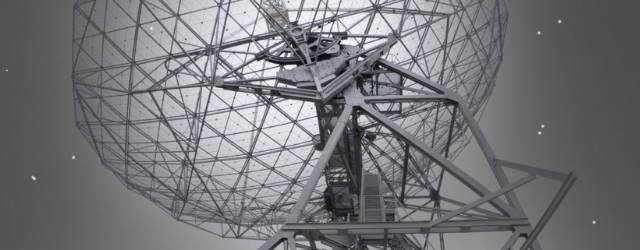
In the weekend of June 10/11, 2017 volunteers from the 25m dish in Dwingeloo The Netherlands where successful in activating the Australian QB50 satellite i-INSPIRE-2. This satellite is build at the Australian new south wales university for the QB50 project and is launched from the International Space Station, May 26 at 04:00 UTC. No signals where received and therefor help was requested from the CAMRAS team.
During a pass on Saturday June 10th 2017 signals where send to three QB50 cubesats i-INSPIRE-2 and UNSW-EC0 by the 25 meter dish and ZA-AEROSAT with the help from DK5LA. On Sunday signals where received from i-INSPIRE-2 by the CAMRAS dish and also by other radio amateurs over the world.
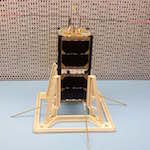 |
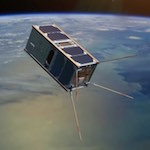 |
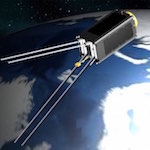 |
| i-INSPIRE-2 (AU) | UNSW-ECO (AU) | ZA-AEROSAT (SA) |
During a pass over the Netherlands I made an IQ recording and below the signals are clearly visible in the spectrum. The satellite TX/RX is similar to the GOMX-1 satellite at 4k8 baud, but I wasn’t able to decode them. If you want to play with the IQ recording, it can be downloaded at the following location: IQ recordings
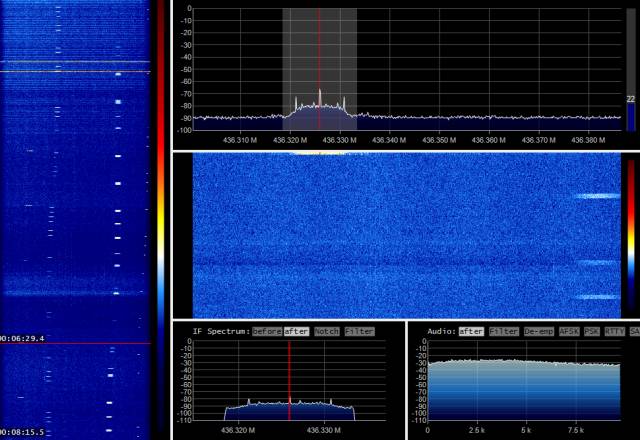
The other two satellites UNSW-ECO and ZA-AEROSAT are still quite but maybe there will be a second attempt. For the ZA-AEROSAT activation there is help from the german HAM radio station DK5LA who transmitted a very strong signal on 2 meter to this South African build satellite.
Update: June 13, 2017.
The following response was brought to my attention by PB2T.
I-Inspire-2 is a 20 x 10 x 10cm cubesat built by the University of Sydney in collaboration with the Australian National University and the University of New South Wales (Sydney). On board the tiny spacecraft is an experiment, part of the European QB50 project, designed to “explore the lower thermosphere, for re-entry research and in-orbit demonstration of technologies and miniaturised sensors”, as reported in earlier editions of the WIA broadcast. Its operational frequency was coordinated by IARU to be in the satellite segment of the 70cm amateur band.
It was placed in orbit from the International Space Station in late May. The deployment was successful; however there were no signs of life when the ground stations started looking for it. The engineering group quickly tested various scenarios on the engineering model only to come to the conclusion that, due to the extended delay in the deployment, the satellite’s battery was likely to be depleted and the satellite was trapped in an endless loop, trying to deploy its antenna.
The engineering group suggested that the satellite is still listening albeit with its antennas in the stowed position. This meant that the satellite command receiver might have difficulty receiving any signals from ground control stations. A set of commands were devised which, if received, would instruct the satellite to wait until the battery is charged before attempting to deploy its antenna. Both UNSW and ANU ground stations transmitted the recovery command to the satellite; however after a week or so of no success it was decided that more transmitter power was required to overcome the lack of receiver sensitivity caused by the still stowed antenna.
A request for assistance was passed to EME (Earth-Moon-Earth) operators around the world and many responses were received. The greatest hope for a successful recovery was thought to be PI9CAM using high power and a 25 m dish, normally used for radio astronomy but also EME. They were scheduled to transmit on the weekend of the 10th and 11th of June. On Sunday the 11th of June, during the morning pass, Rob VK1KW reported a strong signal every 30 seconds on I-Inspire-2’s frequency. Dimitris VK1SV who is part of the ANU team, verified reception from home around midnight. The following morning Dimitris drove to the ANU ground station and was able to send commands to the satellite for the first time since it was deployed. Many other radio amateurs around the world also reported reception of the beacon. The satellite had come back to life!
This is a wonderful example of successful collaboration between radio amateurs and the academic community. If a frequency outside the radio amateur band had been used, it is doubtful that the satellite would have been brought back to life.
The crew of I-Inspire-2 wishes to thank all radio amateurs involved and is looking forward to a successful collection of data for the scientific experiment! Dimitris Tsifakis, VK1SV/VK2COW

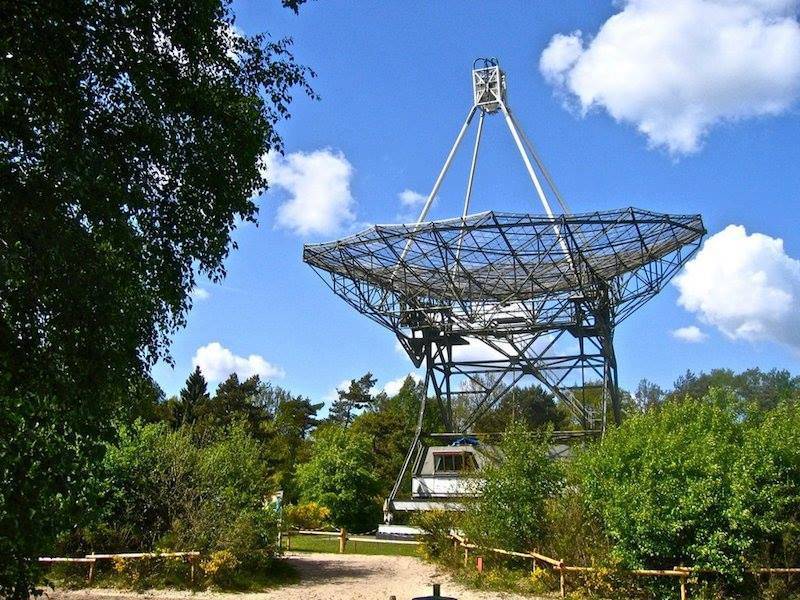
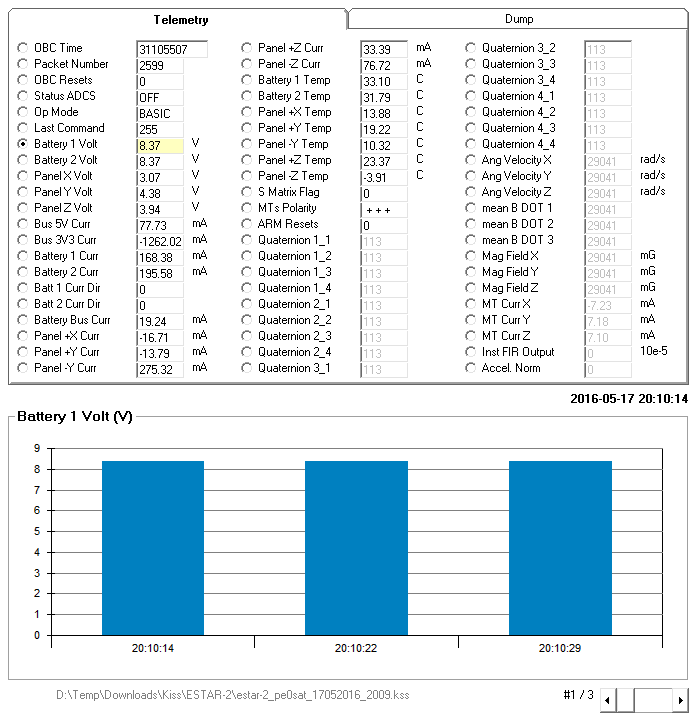
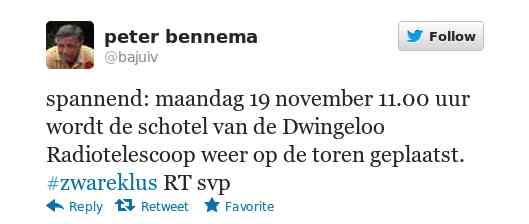
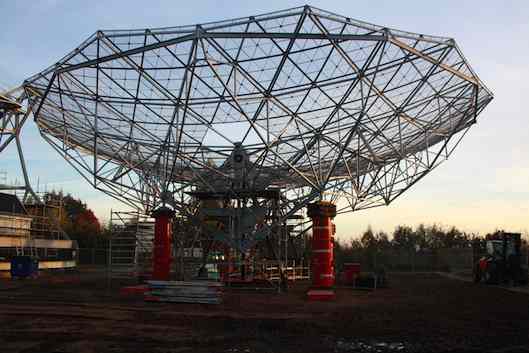
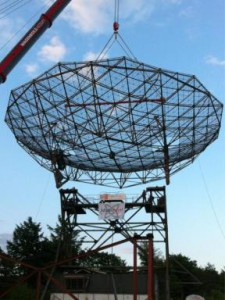
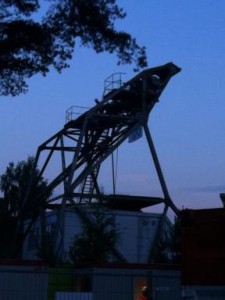
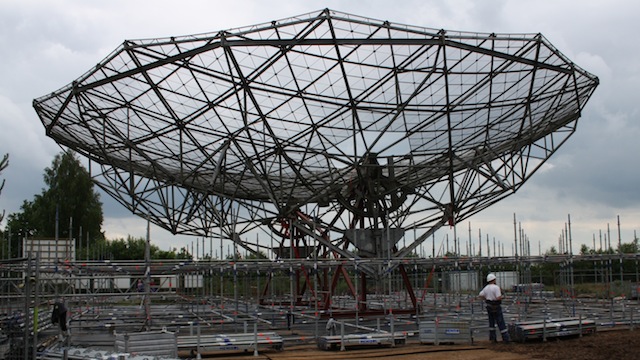
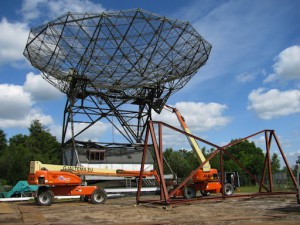 The dismantling of the dish in Dwingeloo has started. Today, the dish would be lifted only by an error in the calculation of the weight is was not successful. The starting points of weight are not correct and there is more than 40 tons of force needed to be able to lift the dish.
The dismantling of the dish in Dwingeloo has started. Today, the dish would be lifted only by an error in the calculation of the weight is was not successful. The starting points of weight are not correct and there is more than 40 tons of force needed to be able to lift the dish.